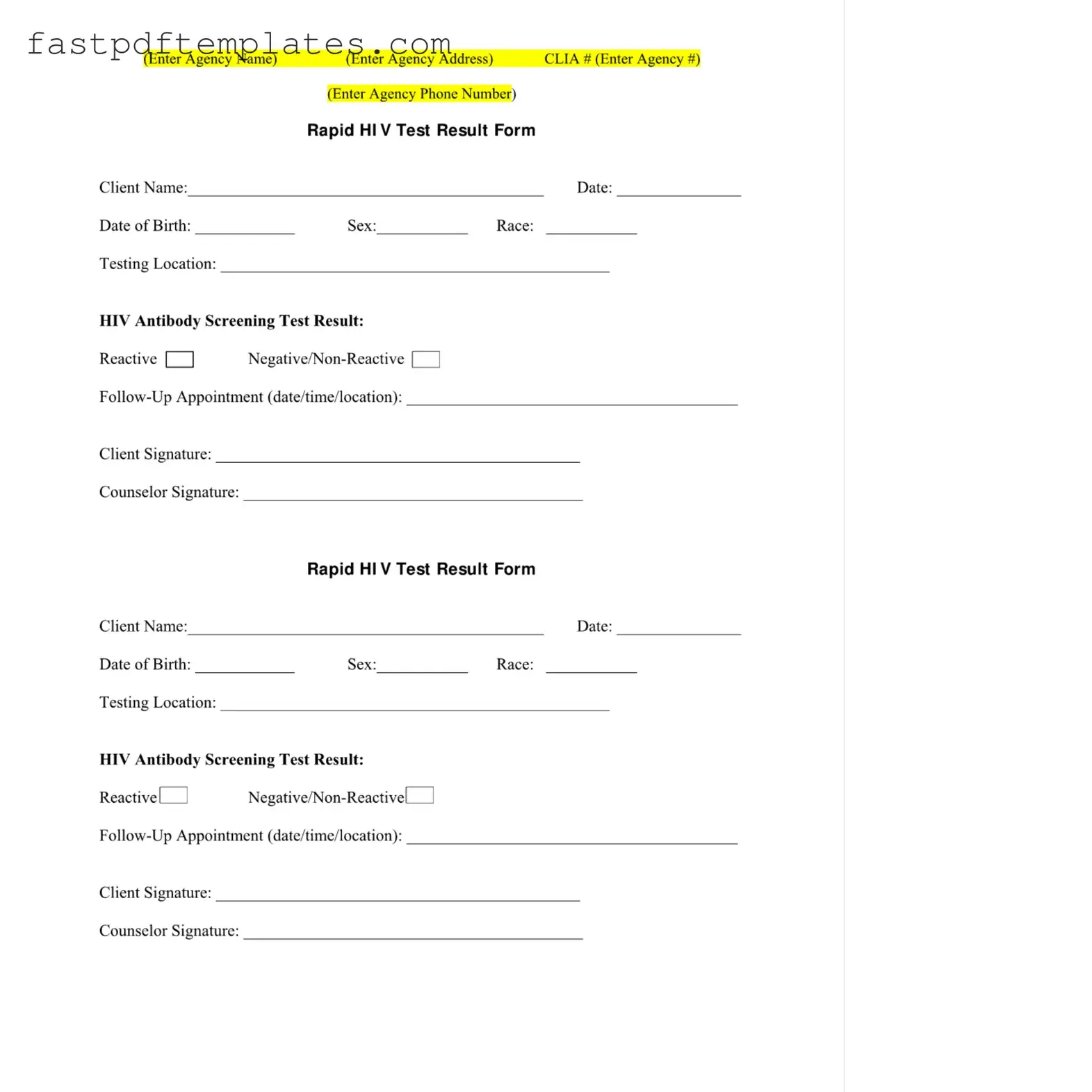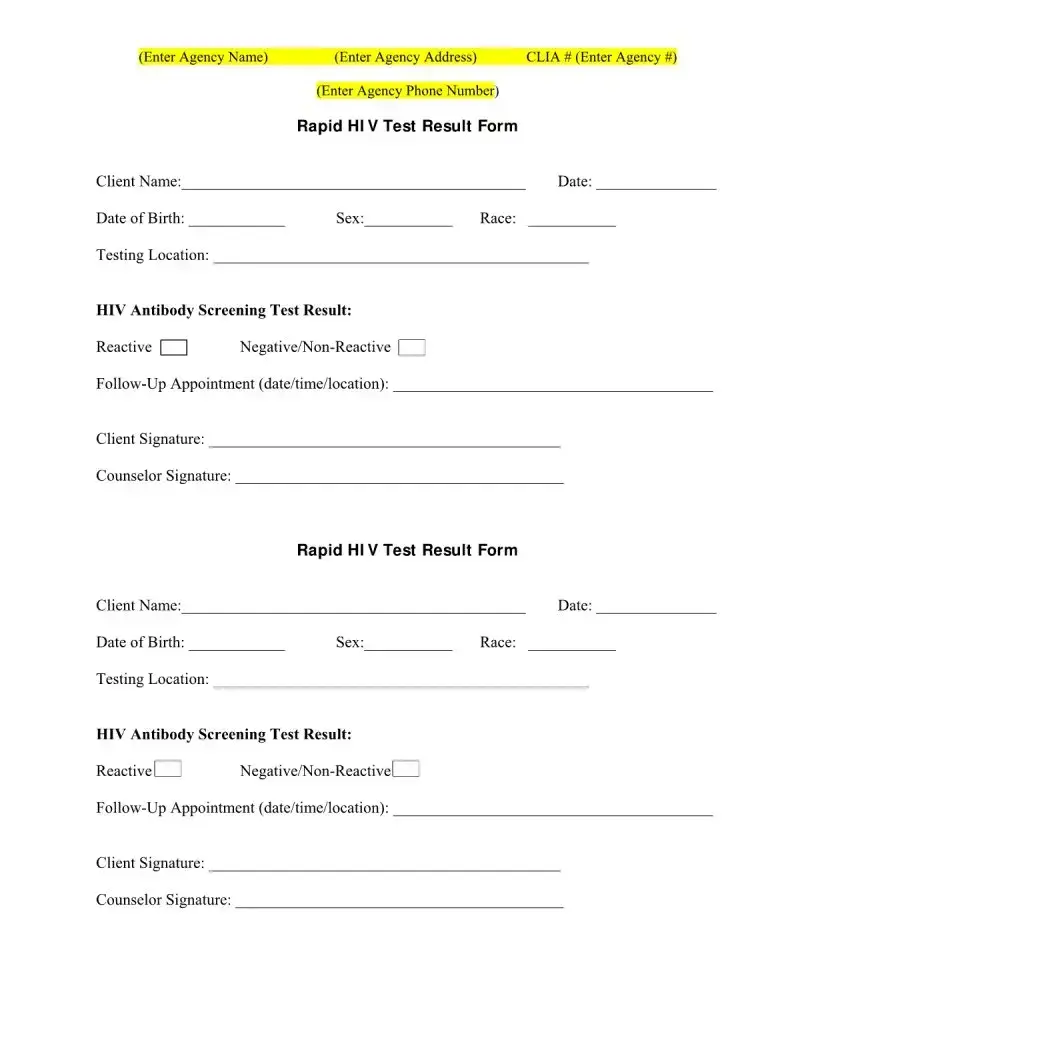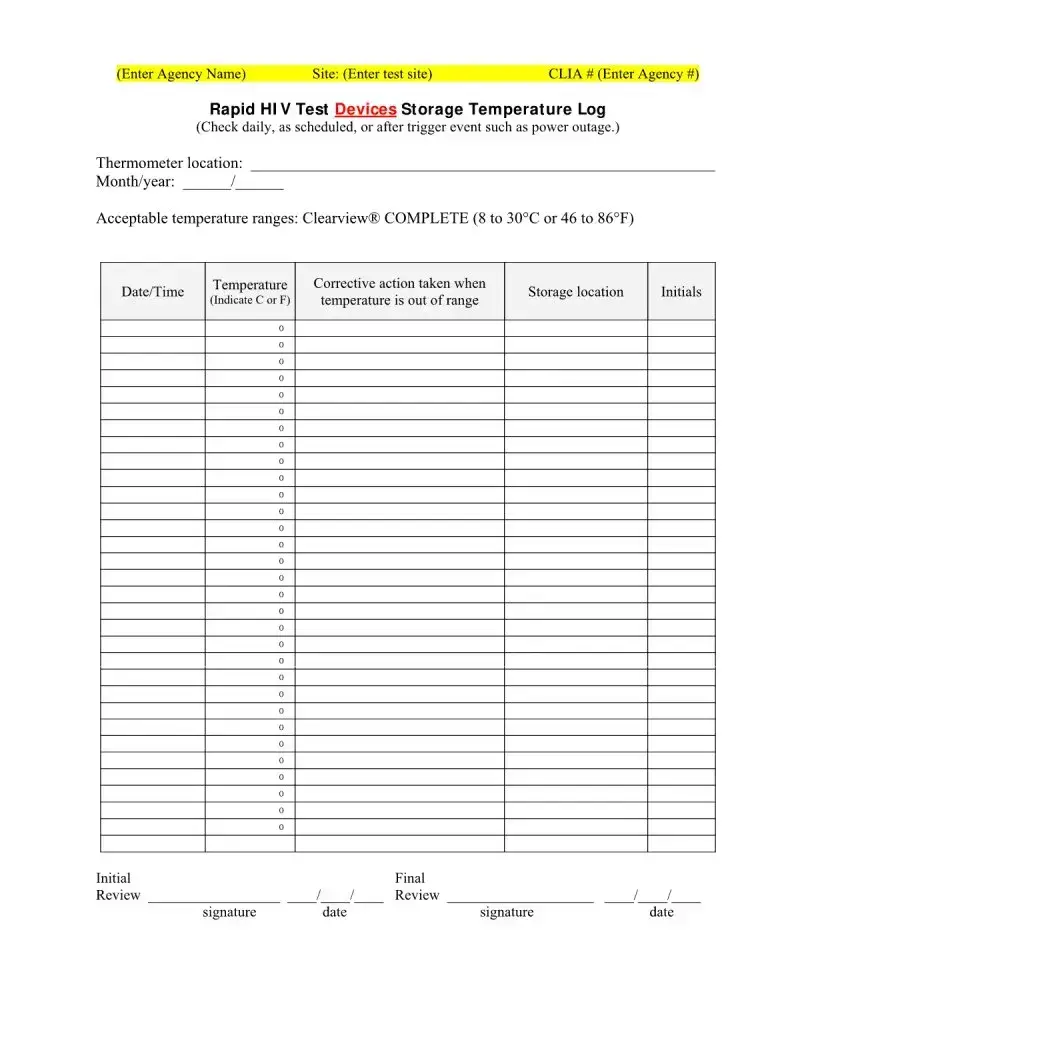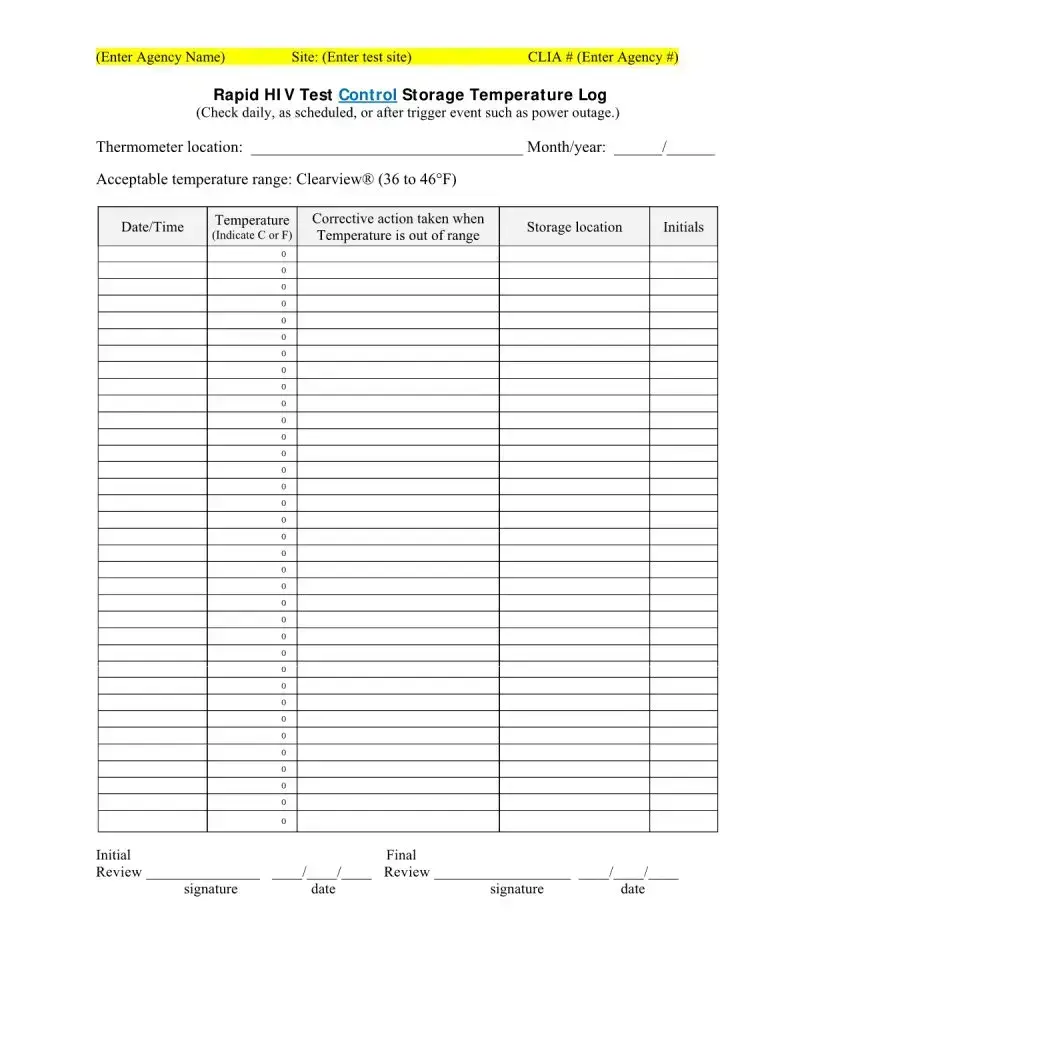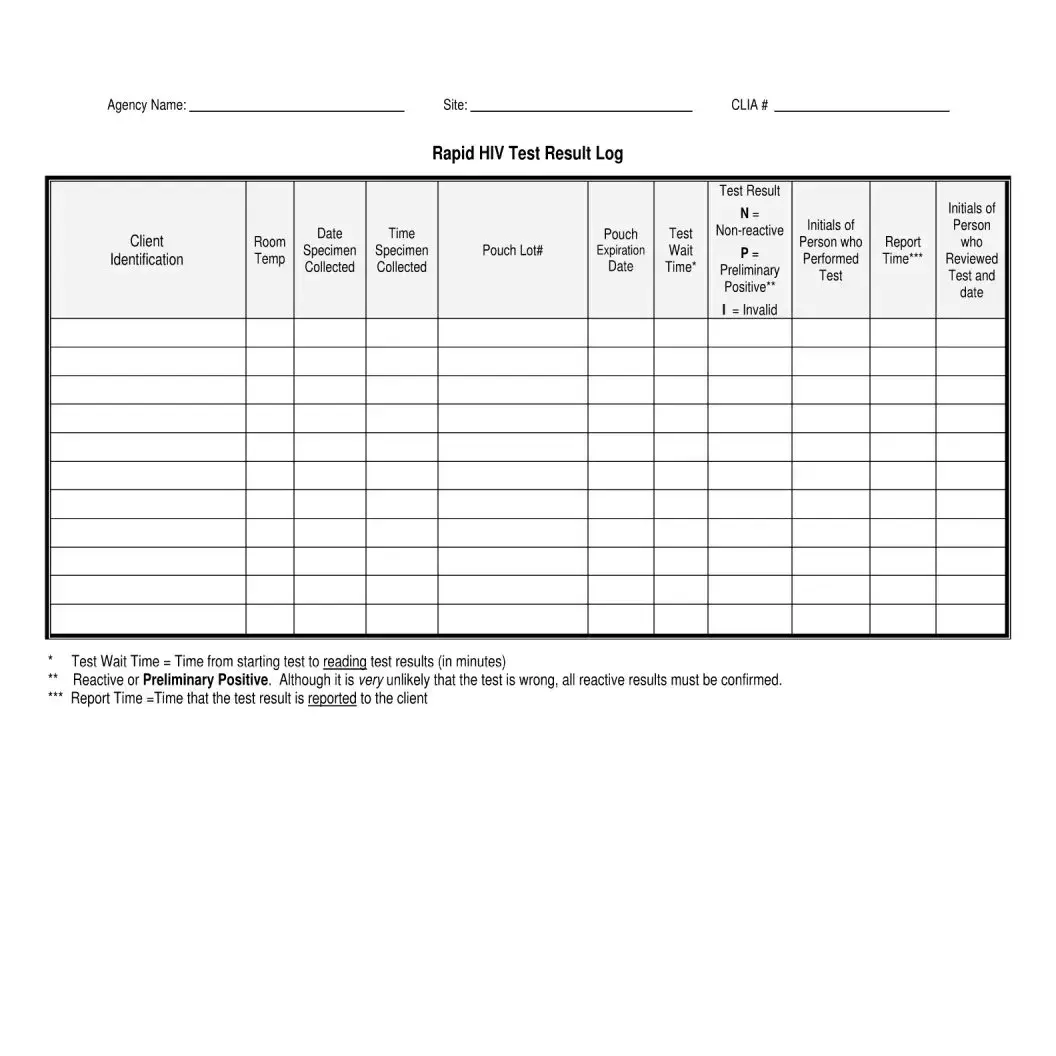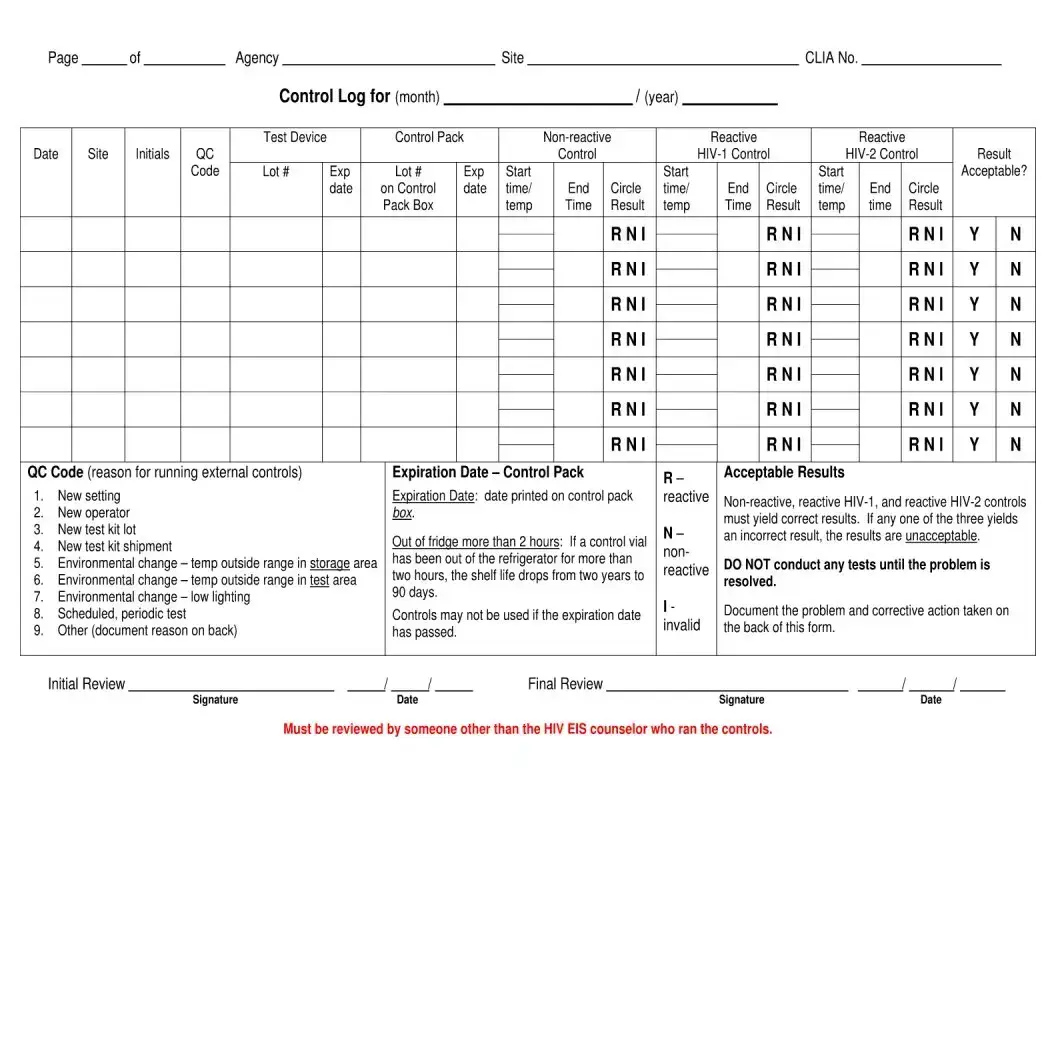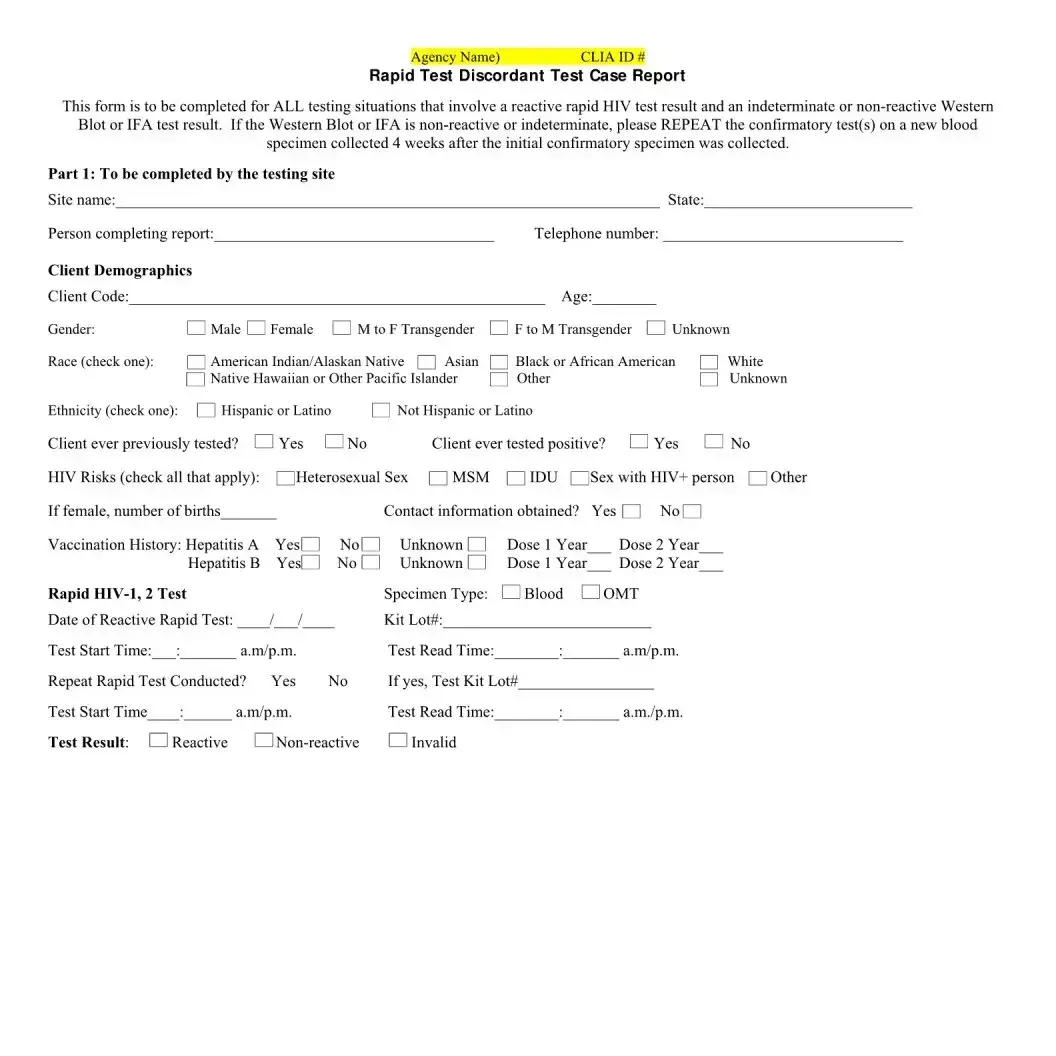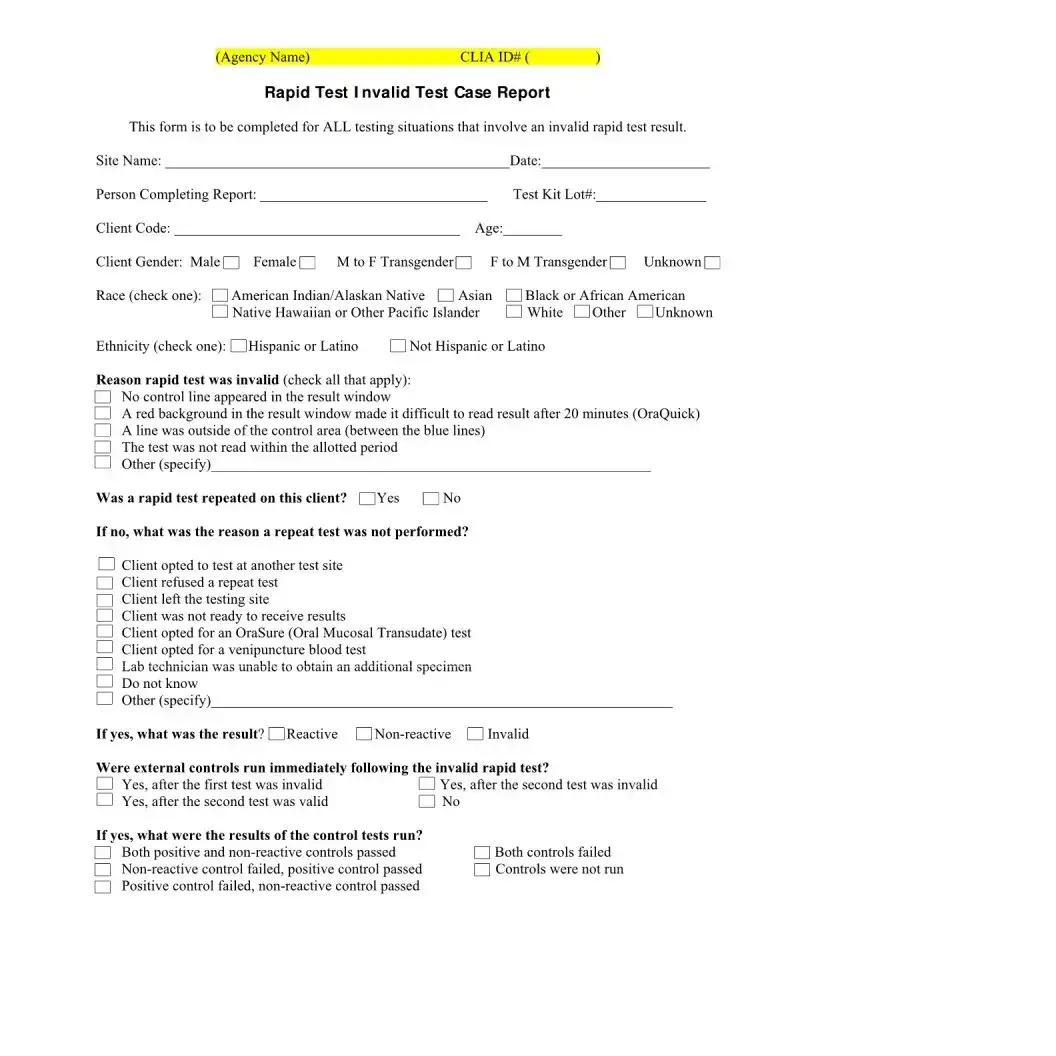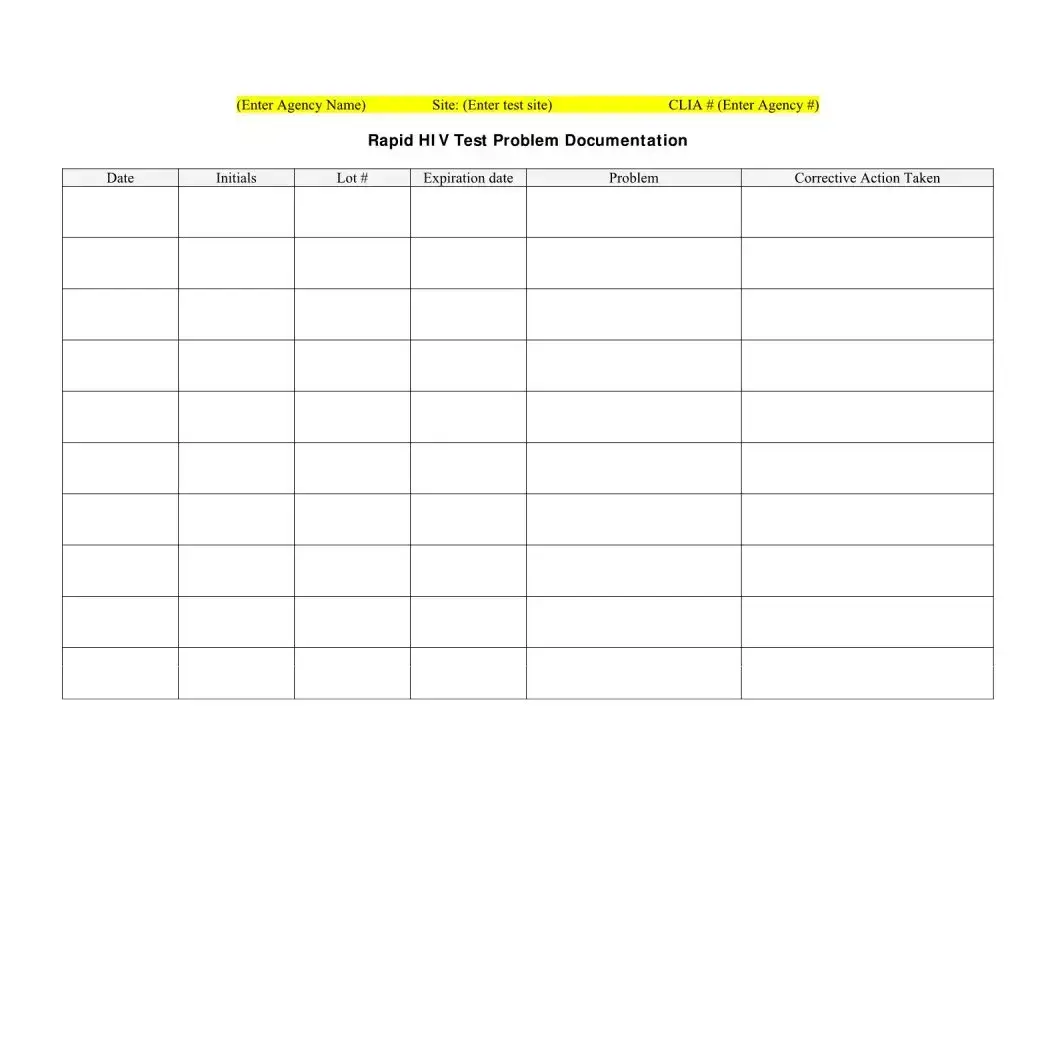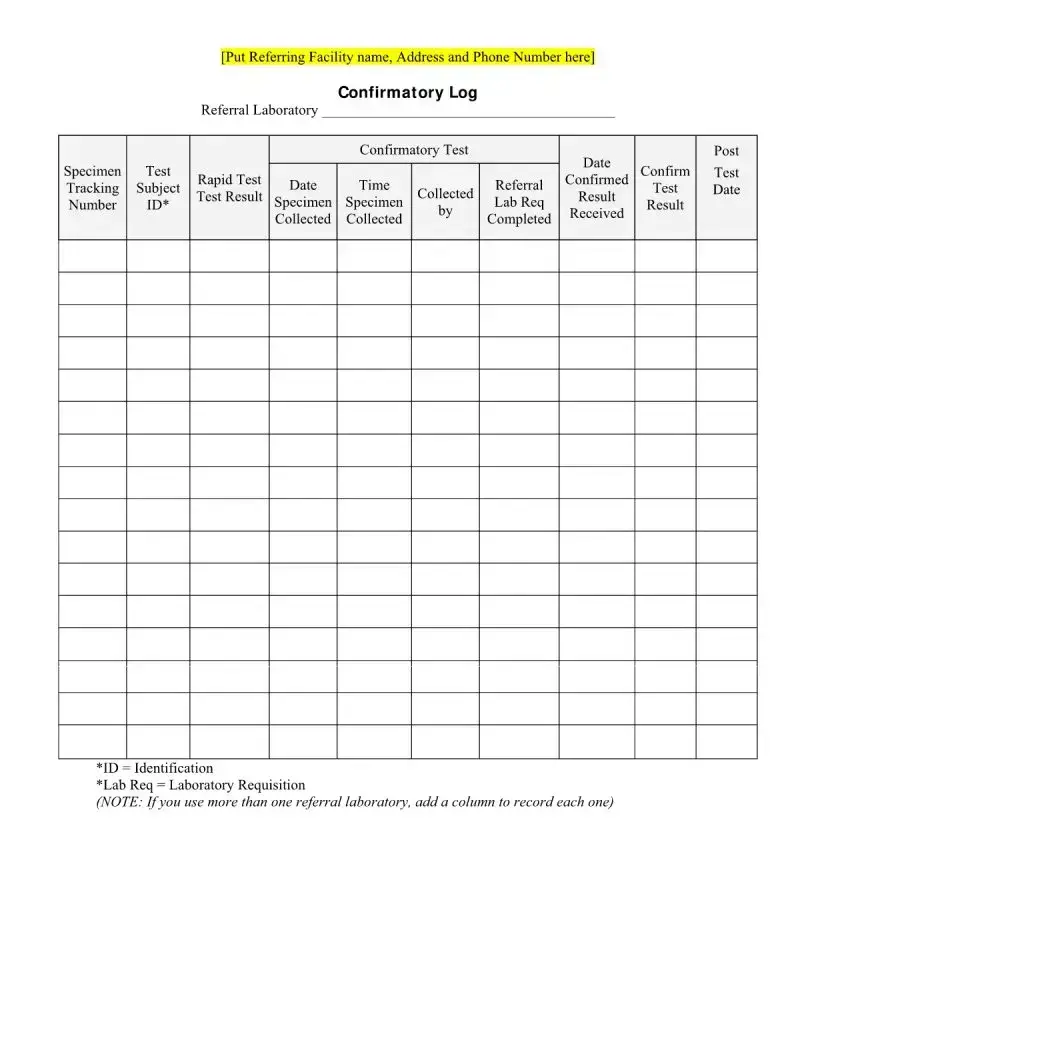The Negative HIV Test form shares similarities with the STD Test Result form. Both documents serve to communicate important health information to clients regarding their test results. They require personal details such as the client’s name, date of birth, and testing location. Additionally, both forms include sections for the test results, allowing clients to understand their status clearly. Follow-up appointments are also noted, ensuring clients have access to further care if necessary.
Another document akin to the Negative HIV Test form is the Pregnancy Test Result form. This form, like the HIV test result, provides critical information about an individual's health status. It typically requires personal identification details and includes a clear indication of the test result. Both documents emphasize the importance of follow-up care, reinforcing the need for clients to seek additional medical advice based on their results.
The Lab Test Result form is also similar in structure and purpose. It documents various laboratory results, including but not limited to HIV tests. This form includes client identification, test details, and results, ensuring that clients receive comprehensive information about their health. The emphasis on follow-up appointments is present in both forms, highlighting the importance of continuous health monitoring.
Lastly, the Medical Clearance form parallels the Negative HIV Test form in its function of confirming health status. It often requires personal information and may also include test results relevant to the client's health. Both documents serve as official records that facilitate communication between clients and healthcare providers, ensuring that clients are informed and prepared for any necessary next steps in their care.
